OBTENEZ LA LIVRAISON GRATUITE LORSQUE VOUS DÉPENSEZ 99,00 $ OU PLUS ! APPRENDRE ENCORE PLUS | Gagnez le double de récompenses en novembre et décembre !
Bâtons de hockey composite enfant
Learn About Youth Hockey Sticks
Youth Composite Hockey Sticks are specifically designed for young hockey enthusiasts. They are made from materials like carbon fiber, Kevlar, and fiberglass, offering a lightweight yet durable option for young players. These sticks are suitable for various ages, with features like different flex ratings and blade curves tailored to accommodate growing skills and preferences. Their durability makes them a cost-effective choice, and their consistent manufacturing ensures reliable performance.
How to Choose Youth Hockey Sticks
Selecting the right hockey stick is crucial for young players. Consider the flex rating, which should match the player's style and strength. The blade curve also plays a vital role, influencing shot accuracy and puck control.
Youth Hockey Stick Flex Chart
| Hockey Stick Flex Chart | |||
|---|---|---|---|
| Age Group | Height | Weight | Stick Flex |
| Tyke (3 - 5) | 3'0" - 3'10" | 30 - 65 lbs. | 20 - 25 flex |
| Youth (5 - 8) | 3'6" - 4'8" | 40 - 80 lbs. | 30 - 40 flex |
| Junior (7 - 12) | 4'4" - 5'1" | 70 - 110 lbs. | 40 - 52 flex |
| Intermediate (11 - 14) | 4'11" - 5'8" | 95 - 140 lbs. | 55 - 70 flex |
| Senior (14+) | 5'7" - 6'1"+ | 150 - 210+ lbs. | 75 - 100+ flex |
Youth Hockey Sticks FAQs
What are the benefits of composite sticks over wooden ones?
Composite sticks, made from materials like carbon fiber and Kevlar, offer improved durability, lighter weight, and better performance compared to traditional wooden sticks. They are less prone to splintering, provide more consistent play, and come with customization options to suit individual playing styles.
How does a stick's flex rating affect performance?
The flex rating of a hockey stick influences the power and accuracy of shots. A higher flex rating results in a stiffer stick, which is better for stronger players who can apply more force, while a lower flex is more suitable for players who benefit from a greater whip in their shots.
Is there a recommended curve type for young players?
The choice of curve type depends on the player’s position and style. Forwards often prefer a deeper curve for better wrist shots and puck lifting, whereas defensemen might opt for a flatter curve for enhanced control and accuracy in shots.
What should be considered when choosing a youth hockey stick?
When selecting a youth composite hockey stick, consider the player's position, playing style, and personal preferences in terms of weight, balance, and stick handling. Trying out different sticks can help determine the most comfortable and effective option.
Other Great Choices
- @Recommendation.Title by @Recommendation.Brand$@Recommendation.Price@Recommendation.MSRP



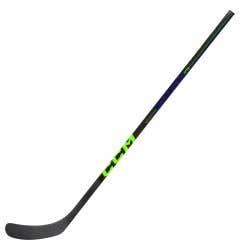


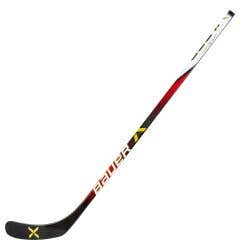




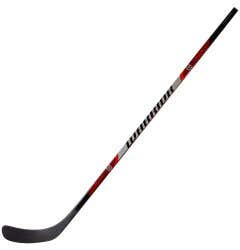

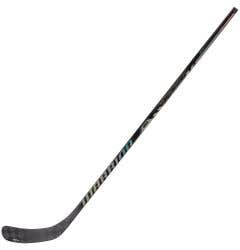


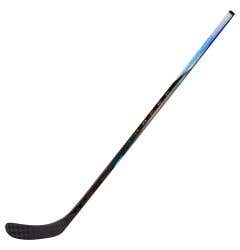
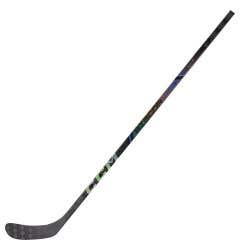

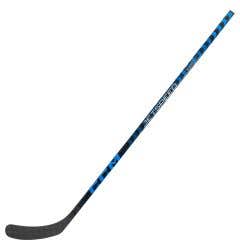


Login and Registration Form
or
Create an account